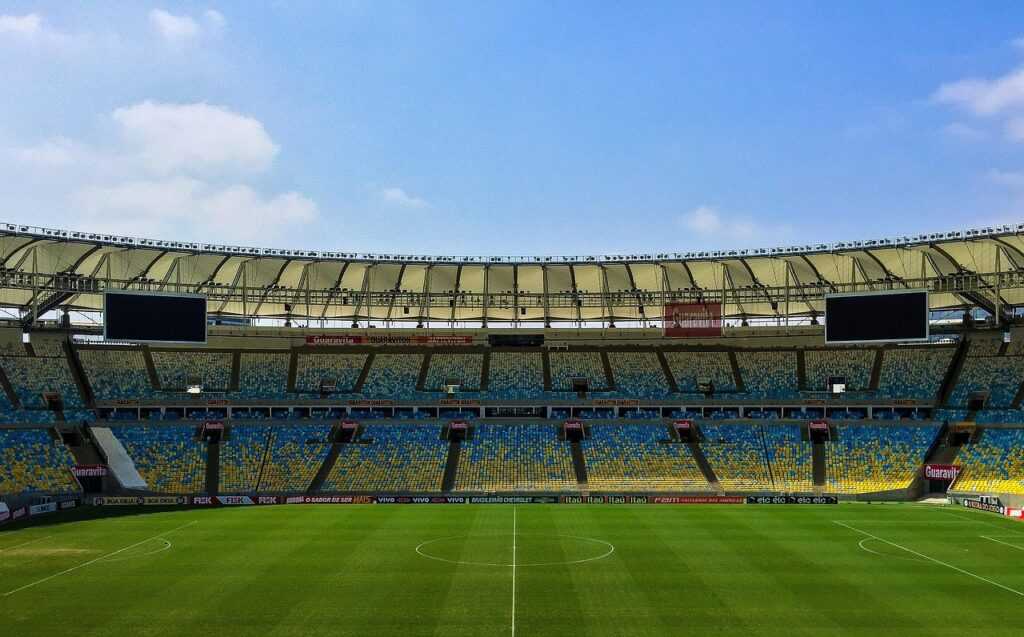Understanding FIFA Rankings
FIFA rankings reflect national teams’ performances over a specific period. The ranking system uses a points-based evaluation. Teams earn points based on match outcomes, opponent strength, and match importance.
- Match Outcomes: Teams gain points from wins and draws. Victories yield more points, while draws contribute fewer.
- Opponent Strength: The ranking value of the opponent impacts the points awarded. Defeating higher-ranked teams results in more points.
- Match Importance: Competitive matches, such as World Cup qualifiers, award more points. Friendly games provide fewer points.
FIFA updates rankings monthly. Calculations cover the past four years, ensuring recent performances weigh more heavily in the total points. This system aims to give an accurate reflection of teams’ current standings. Teams losing points over time happen when past wins become older and current forms don’t sustain high results.
Latest Formula
In August 2018, FIFA introduced a new formula for rankings called the “SUM”. This method focuses more on adding points for wins and subtracting for losses. It simplifies the ranking computations and enhances transparency. The new system reduces inconsistencies and rewards steady performance more equitably.
Impact on World Cup Seeding
FIFA rankings play a key role in World Cup seedings. Higher-ranked teams get favorable positions in tournament draws, affecting their path through the competition. Strong FIFA rankings also grant an advantage in regional competitions, ensuring fair and balanced matchups for all participants.
Key Factors Affecting Rankings
Several key factors influence FIFA rankings, directly impacting how national teams are ranked. Understanding these elements provides insights into why certain teams rise or fall in the rankings.
Recent Match Performances
Recent match performances play a crucial role in FIFA rankings. Teams accumulate points based on their results, with wins offering more points than draws. Recent matches carry more weight than older ones, influencing rankings more significantly. For example, winning against a high-ranked team boosts a team’s points substantially.
Strength of Opponents
The strength of opponents a team faces also affects their ranking. Matches against higher-ranked teams offer more points, rewarding teams for challenging stronger opponents. For instance, a victory over a top-10 team adds more points than a win against a lower-ranked team. This system encourages teams to compete against strong opponents to climb the rankings.
Regional Success
Regional success impacts FIFA rankings as well. Teams that perform well in continental competitions gain additional points. Success in tournaments like the UEFA European Championship or the Copa América significantly improves a team’s ranking. For example, winning the Africa Cup of Nations increases a team’s points, reflecting their dominance in their region.
Highlights of the Latest FIFA Rankings

The latest FIFA rankings have generated much interest, showcasing notable shifts in the standings. I’ll dive into the top performers, significant changes, and surprise entries and exits.
Top Performers
Brazil and Belgium maintain their top spots due to consistent winning performances. Brazil’s recent victories in World Cup qualifiers boosted their ranking points, while Belgium showed resilience in international friendlies. France, sitting third, demonstrated strength in the Nations League and Euro qualifiers.
Significant Changes
Spain has climbed four places, moving into the sixth position following strong performances in recent qualifiers. On the other hand, Italy dropped to eighth after failing to qualify for key tournaments, affecting their ranking points. Another notable change is Argentina jumping two spots, credited to their Copa América triumph.
Surprise Entries and Exits
Canada’s rise to 41st, a significant jump of eight positions, is unexpected. Their recent wins in CONCACAF competitions bolstered their standing. In contrast, Peru’s fall out of the top 50 after a series of losses in qualifiers is surprising. These shifts indicate the dynamic nature of the rankings, reflecting teams’ current form and regional successes.
Implications of the Latest Rankings
The latest FIFA rankings have significant consequences for national teams and their strategies. These rankings influence upcoming tournaments, team preparations, and tactical adjustments.
Upcoming Tournaments
- Higher-ranked teams benefit from favorable seedings in major tournaments like the World Cup, the UEFA European Championship, and Copa América.
- Seedings determine group stage placements, giving higher-ranked teams theoretically easier paths.
- The latest rankings position Brazil and Belgium as favorites.
- France, sitting in third, also benefits from advantageous seeding.
- Teams like Argentina and Spain, moving up in the standings, secure better tournament positions, while Italy’s drop to eighth raises concerns about tougher matchups.
Team Strategies and Preparations
Teams leverage rankings to shape their strategies and preparation plans. Higher-ranked teams, such as Brazil and Belgium, focus on maintaining form and experimenting with tactics. Teams like Canada, which recently climbed to 41st, use their boost to build confidence. They might schedule friendlies against stronger teams to test their readiness.
For lower-ranked teams, the focus shifts to improving their standings. Peru, which fell out of the top 50, will likely prioritize winning regional matches. Strategies to climb the rankings may include scheduling more frequent matches against higher-ranked opponents. Teams also analyze their weaknesses exposed in past games to make necessary adjustments.
The implications of the latest FIFA rankings are evident, impacting tournament seedings, strategic planning, and preparations for national teams globally.
Criticisms and Controversies
While FIFA rankings generate excitement, they also face substantial scrutiny. Let’s dive into the common criticisms and notable controversies that have emerged over the years.
Common Criticisms
Several aspects of the FIFA rankings draw criticism from fans and analysts alike. For example, the reliance on a four-year performance window sometimes rewards inconsistent teams over more consistently strong but recently weaker teams. Additionally, weighting match importance has led to disagreements. World Cup matches carry more weight, while friendlies count significantly less, leading to potential manipulation where teams schedule strategically chosen friendlies to maximize points. Lastly, some argue that the rankings don’t always reflect the actual current form since the system averages results over an extended period, which can sometimes obscure short-term changes in team performance.
Notable Controversies
Certain controversies have further fueled debates over the FIFA ranking system. For instance, in 2010, Switzerland was controversially ranked 8th before the World Cup, despite losing to lower-tier teams in friendlies leading up to the tournament. Similarly, the 2018 implementation of the “SUM” formula drew mixed reactions. Critics claimed it overly simplified ranking calculations at the expense of nuanced team performance assessments. Another controversial instance involved teams allegedly manipulating rankings by avoiding friendlies or selectively choosing less competitive opponents before major tournaments. These actions raised questions about the system’s integrity and fairness, undermining confidence in its ability to accurately reflect team strengths.



